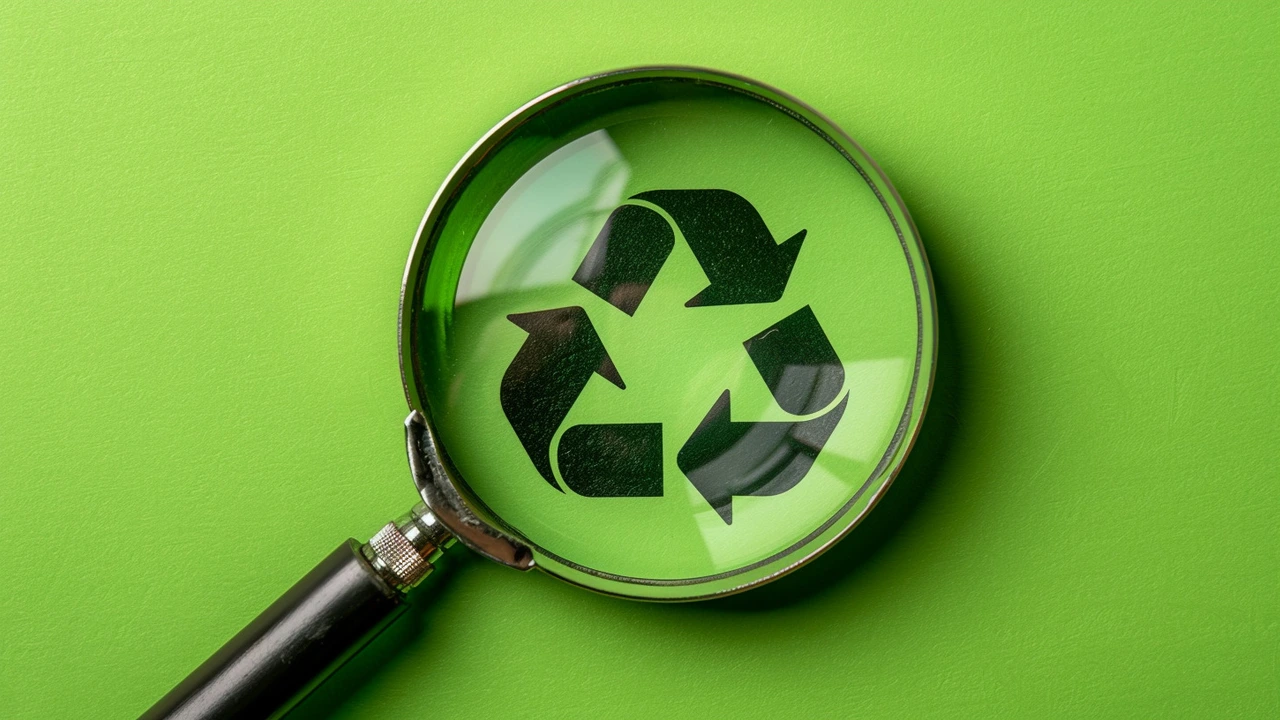Net Zero for Pharmacies: Simple, Practical Steps You Can Use Today
Net zero means the greenhouse gases you release are balanced by the gases you remove. For a pharmacy or clinic, that can sound huge. But you don’t need a giant budget to start cutting emissions. Small changes add up and make operations cleaner, cheaper, and more resilient.
Quick Steps for Pharmacies and Small Clinics
Start with energy. Swap incandescent bulbs for LEDs, set thermostats a few degrees smarter, and seal doors and windows to stop drafts. Those moves lower bills immediately and cut emissions. Check your supplier: can you shift to a renewable electricity plan or buy verified offsets while you transition?
Rethink transport. Offer local delivery routes that batch orders rather than drive individually. Encourage staff to use public transit, bike, carpool, or work flexible hours to avoid peak commutes. If your fleet is small, plan for electric deliveries when the next vehicle is due. Charging logistics are easier than most teams expect.
Cut waste at the counter. Properly sort and recycle packaging, accept unwanted meds through take-back programs, and reduce single-use plastics. For cold-chain items, improve fridge management—good stock rotation and accurate temps reduce spoilage and wasted products.
Buy smarter. Choose suppliers who publish their emissions data or offer low-carbon packaging. Bulk ordering can reduce shipping footprint. Ask manufacturers for low-waste options and prioritize local or regional suppliers when quality allows.
Measuring Progress and Tools That Help
Set a baseline first. Track your electricity, gas, fuel for vehicles, and waste volumes for a year if possible. That gives a clear picture of where emissions come from. Use a simple spreadsheet or one of the many free carbon calculators tailored to small businesses.
Choose achievable targets. You might aim for a 20% cut in energy use over two years or switch to 50% renewable power. Break goals into monthly checkpoints so you can see progress and adjust. Publicly sharing targets and progress builds trust with customers and staff.
Leverage community programs. Many cities offer energy audits, rebates for efficient equipment, and guidance for small healthcare providers. Network with local clinics to share delivery routes, bulk-buy low-carbon supplies, or trade best practices.
Don’t ignore health and safety. Net zero actions must keep medicine integrity and patient care front and center. Document any change, test it, and train staff so service quality stays high while emissions fall.
Net zero isn’t a one-time fix. It’s a set of ongoing choices that reduce costs, lower environmental risk, and often improve patient experience. Start small, measure honestly, and scale what works.
GlaxoSmithKline (GSK) is pioneering the shift towards sustainable healthcare by initiating phase III trials for a low carbon Ventolin inhaler. This move could significantly reduce the environmental impact of metered dose inhalers, which are a substantial part of GSK's carbon footprint.
Read more






